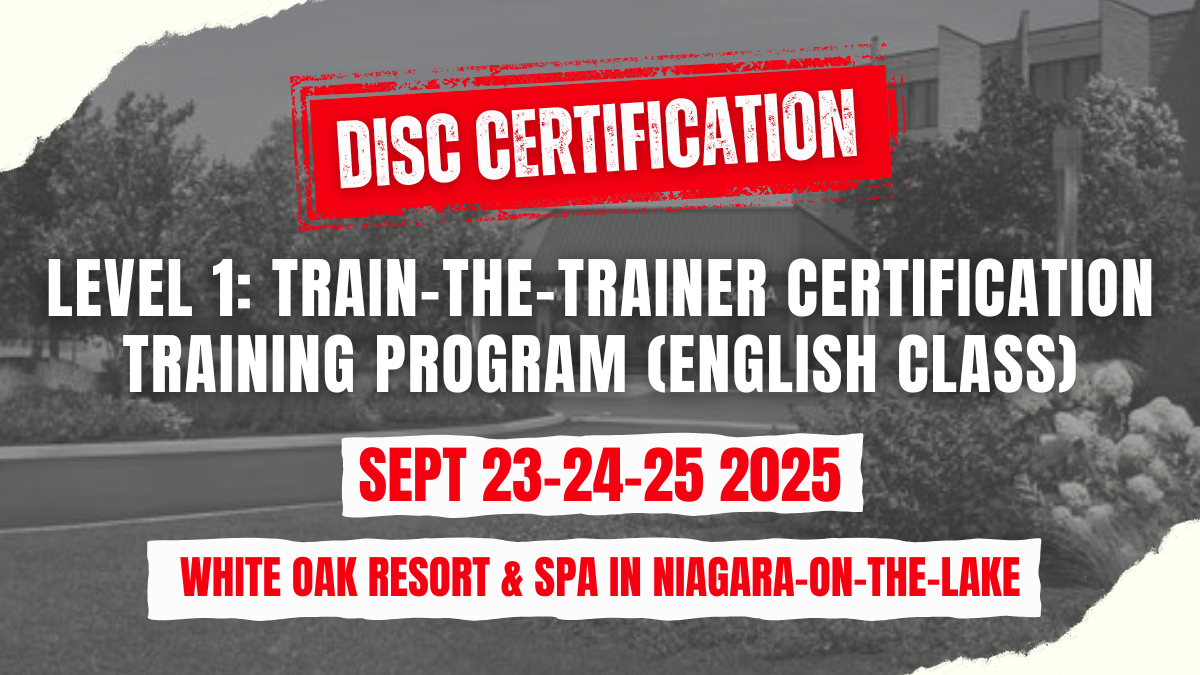Would you say you’re culturally fit to be part of your team?
From my observation and conversations with corporate employees, it seems that the meaning of that concept is shifting with each new generation of employees that becomes part of the workforce. Nonetheless, the focus on hiring for “cultural fit” still to this day remains a crucial element considered during recruitment strategies.
Companies are often keen on determining whether or not the candidate they’re hiring is culturally fit mainly because it plays a role in the efficiency of the workplace dynamics. However, we cannot deny that the definition of this term is nowadays getting muddled because of the disparity in the employer and employee’s expectation of what they consider is “culturally fit.”
As a result, candidates may come out of an interview with a clear image of the company culture, only to find that their day-to-day experiences paint a different picture once they join the team.
When this occurs, many employees are likely to leave because the reality doesn’t match their expectations. In fact, research indicates that about one-third of employees decide to quit upon discovering a disconnect between the company culture they anticipated and what they actually experience. This mismatch results in organizations losing quality candidates and wasting valuable time and resources in the hiring process while searching for that elusive “culturally fit” employee.
This disparity raises important questions about what “cultural fit” really means when the fact of the matter is that definitions of culture vary widely across departments and roles. This is also precisely the reason why organizations need to embrace new approaches that cater to these differences to find a middle ground that works best for everyone involved.
As with all the previous blogs (see part 1, part 2, part 3, part 4, and part 5) we’ve explored in this series, it’s clear that the evolution of today’s workplace requires embracing unconventional ideas and norms to flourish along with thriving changes.
And that’s why in this blog, we’ll be discussing what microcultures are, why they exist, and why it matters for companies and organizations to recognize and help them thrive.
What is Organizational Culture?
Did you know that a strong organizational culture is closely linked to a variety of positive workplace dynamics? Research from the Harvard Business Review reveals that organizations with robust cultures enjoy higher employee engagement, increased productivity, and improved financial performance. In fact, it also stated that companies with a strong cultural foundation experienced four times greater revenue growth over ten years compared to those with weaker cultures. Additionally, organizations that foster a vibrant culture see an impressive 40% reduction in turnover rates.

These findings clearly illustrate that a strong organizational culture can inspire commitment, boost productivity, and enhance teamwork, ultimately driving a company’s success. But what exactly does “organizational culture” mean?
At its core, organizational culture encompasses the shared values, beliefs, attitudes, and behaviours that shape how individuals within an organization interact and collaborate. Think of it as the company’s personality—it influences decision-making processes, employee engagement, and interpersonal dynamics with colleagues and clients alike.
What Are Microcultures?
Within this broader concept of organizational culture, you’ll find unique subgroups known as microcultures. These naturally occurring microcultures develop within specific teams, departments, or groups.
Microcultures reflect the distinct dynamics, values, and practices of smaller subsets within the organization. They are shaped by various factors such as team goals, leadership styles, and individual personalities, which influence how team members communicate, solve problems, and support one another. While microcultures may differ from the overarching organizational culture, they often align with its core values and objectives.
In fact, these microcultures can enhance an organization’s adaptability and inclusiveness by promoting diversity within a unified framework, leading to increased innovation, engagement, and overall satisfaction. For instance, a collaborative team guided by an open-minded leader may foster a microculture of innovation and creativity, while another team might prioritize structure and precision based on its leadership approach.
How Do They Connect?
Organizational culture provides a strong foundation, while microcultures add depth, creating a flexible and resilient workplace where diverse perspectives can flourish. It’s essential for organizations to recognize that these concepts are not entirely separate; they complement each other.
While organizational culture sets the stage, it’s important for companies to understand that culture varies for everyone. It cannot be imposed; it must develop naturally. People tend to connect with others who understand and complement them in ways that are mutually beneficial.
Therefore, companies should avoid viewing their concept of a “culturally fit” employee as a one-size-fits-all model. Instead, they should acknowledge that subcultures exist not to antagonize the broader culture but to enrich it in ways that reflect individual identities and needs. Given that the existence of microcultures is inevitable, organizations must regularly assess their policies to ensure that every employee feels heard, seen, and valued.
Ways To Empower Microcultures
Unfortunately, the Deloitte 2024 Global Human Capital Trends research found that while 71% of organizations recognize the importance of giving focus to microcultures, only 45% are doing something about it and only 12% are doing great things with it. So how can organizations truly empower microcultures? Let’s discuss them.
Encourage Autonomy and Alignment

Organizations can empower teams to create their own microcultures by granting them the freedom to establish their own norms and practices. This autonomy helps teams feel invested in their work environment, allowing them to develop a culture that resonates with their unique dynamics. It’s essential, however, to maintain alignment with the overall corporate culture. Leaders can facilitate this alignment by providing guidelines that highlight core values and expectations while allowing teams the flexibility to interpret and apply these principles in ways that fit their specific context.
Foster Inclusion and Valued Voices
To ensure that all employees feel included and valued within their microcultures, organizations should prioritize open communication and actively seek input from everyone, regardless of their background or role. This can be achieved through regular feedback sessions, team-building activities, and inclusive decision-making processes. Creating an environment where everyone’s voice is heard not only strengthens the microculture but also enriches the overall organizational culture. By promoting a culture of inclusion, organizations can ensure that diverse perspectives contribute to the team’s success.
Provide Tools and Resources for Success
Providing teams with the right tools and resources is essential for their success. Organizations should invest in training programs, mentorship opportunities, and collaboration platforms that empower teams to thrive. Training initiatives can equip employees with the skills they need to navigate challenges and innovate within their microcultures. Additionally, mentorship programs can foster relationships that encourage personal and professional growth. By supporting teams in this way, organizations can cultivate a vibrant workplace where diverse microcultures flourish, ultimately leading to enhanced creativity, collaboration, and overall success.
DISC in Microcultures: Role and Application
Microcultures flourish in the workplace due to the diverse personalities that shape them. The best way to effectively bridge these unique cultures is to use a tool that first and foremost, gives you a clear insight into how these individual traits are unique from each other. Luckily, this is where DISC truly excels.
With DISC personality assessments, organizations are able to understand how each person in the workplace works best, as well as how each team interacts, makes decisions, and even communicates. Having this information at hand helps leaders like you focus and harness the strengths of each personality type, creating a work environment where everyone can contribute effectively and feel valued.
Here’s how to take advantage of DISC to strengthen microcultures within your organization:
Encourage Team Members to Share DISC Results

Start by inviting team members to share their DISC profiles with one another. This opens up a space for employees to discuss their unique strengths, preferences, and communication styles. When team members understand each other’s personalities, it builds mutual respect and sets the stage for smoother collaboration across different microcultures.
Build Balanced Teams Using DISC Insights
Use DISC results to create teams with a mix of personality types. By intentionally combining Direct personalities who drive progress, Inspiring types who bring energy, Supportive individuals who encourage cooperation, and Cautious members who focus on detail, you can achieve a balanced approach to problem-solving and project execution. This blend of perspectives and skills strengthens each team and fosters a well-rounded work environment.
Adjust Communication Styles Based on Personality Types
Adjust your communication style to suit the DISC types within your teams. For example, keep instructions clear and direct for those with Direct personalities, while Inspiring individuals may benefit from collaborative brainstorming sessions. Supportive team members might appreciate consistent feedback and encouragement, and Cautious individuals often respond best to structured, detail-oriented discussions. This personalized approach allows each personality type to feel understood and valued, which in turn strengthens the microcultures within your organization.
Offer Personality-Aligned Motivation
Motivating your team based on DISC profiles can enhance engagement and satisfaction. Direct personalities often respond well to clear goals and measurable outcomes, while Inspiring types thrive in creative, dynamic settings. Supportive individuals value recognition of their contributions to the team’s harmony, and Cautious types appreciate being acknowledged for their quality work and attention to detail. By recognizing and rewarding each personality in ways that resonate, you empower microcultures to function at their best without clashing.
Building a Culture Where Everyone Thrives
If we want to prevent the ongoing loss of quality candidates during hiring or even see valued employees leave down the line, it’s essential to understand what truly matters to them. This understanding becomes the cornerstone for creating a workplace where individuals feel connected, respected, and motivated. Culture plays a vital role here, shaping the environment where employees thrive, and that’s where recognizing and embracing microcultures within the organization makes a real difference.
As leaders, it’s on us to take a closer look at our organizational culture and explore how we can support these unique microcultures within our teams. It’s clear that the future of work belongs to organizations that prioritize cultural agility—those that adapt, grow, and succeed by valuing the distinct contributions of every individual. If we want to be one of those organizations, doing the work now truly matters.
Interested in bringing DISC to your team or organization? Have a look at our upcoming DISC Certification Programs here!


